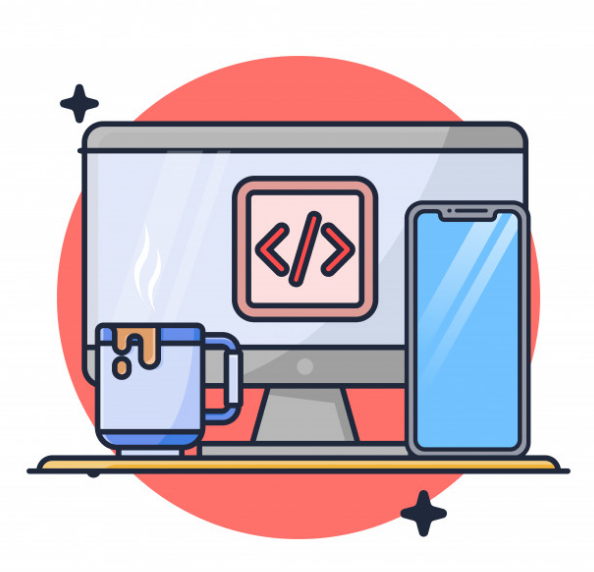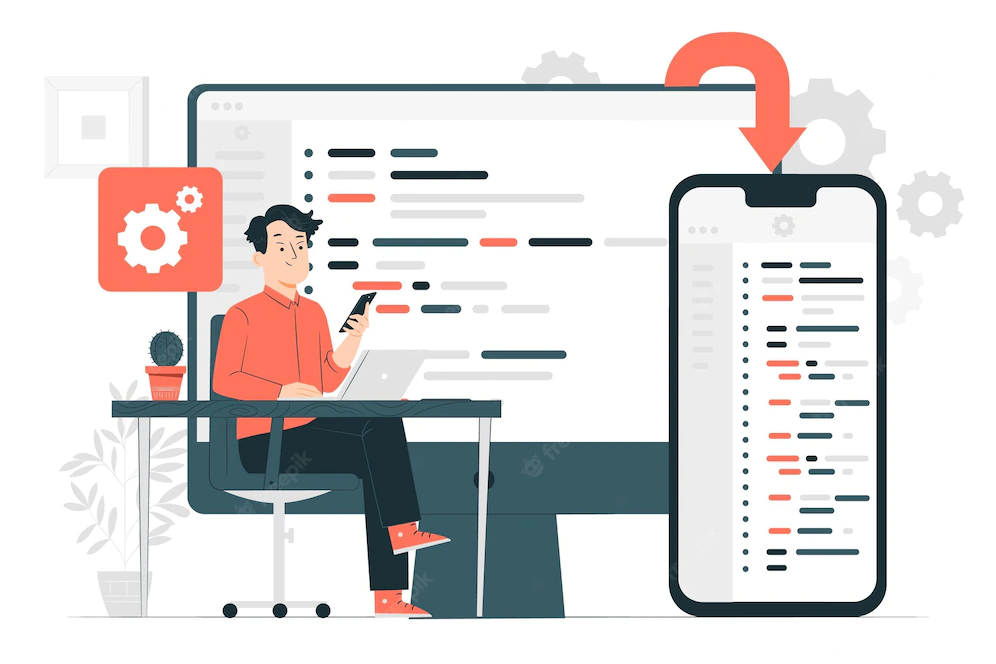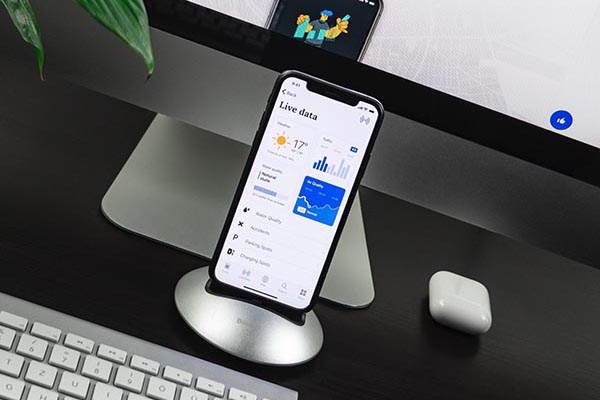Web app development company in UK
We are a Web Development Company in UK with over a decade of experience crafting customized web applications tailored to meet the unique needs of your customers.

Our web app development company in UK specializes in creating innovative, custom, and bespoke web app solutions, including CRM systems, ERP systems, and client service portals, designed to streamline operations and minimize administrative burdens. We excel in accelerating web application development projects, offering beautifully designed and user-friendly solutions. Through collaborative partnerships with your internal team, we provide modern, technology-driven results that help you achieve your goals swiftly and effectively.

Platform Expertise
Proven Track Record
Flexible Engagement Models
Platform Partnerships
World-Class Support
Happy Customers
- - Optimize for client needs
- - Ensure cross-platform compatibility
- - Implement automated testing
- - Support traditional web application features
- - Simplify development and deployment
- - Cache all static data
- - Enhance datastore storage capabilities
- - Prioritize performance in operations
- - Avoid network calls inside loops

- Data Collection
- We start by meticulously gathering exact information about your business in order to decide on layouts, segment display strategies, and other crucial components.
- Project Initiation
- Following the comprehensive gathering of requirements, we guide you through selecting the optimal engagement model and pricing tailored to your project constraints.
- Project Focus:
- Upon selecting your preferred engagement model, your project is entrusted to a proficient team of web app developers based in UK. The next step is a thorough quality analysis, which is followed by a presentation by our project manager that carefully follows the schedule that has been set and work starts from there.


Ecommerce

Websites

Mobile Apps
-
1What is a web app?
A web app, short for web application, refers to software programs hosted on remote servers and accessed over the Internet through a browser interface. Unlike conventional desktop applications that require installation on a user's computer, web apps are accessed directly through a web browser without any need for installation on the user's device. Built using web technologies like HTML, CSS, and JavaScript, web apps are compatible with different web browsers such as Google Chrome, Mozilla Firefox, and Safari. They operate on a web server, with users interacting through a web client interface.
-
2What are progressive web apps?
Progressive Web Apps (PWAs) are a type of web application leveraging modern web capabilities to deliver an app-like experience to users across various platforms and devices. They provide a link between native mobile applications and conventional websites. The following are the main characteristics of PWAs: 1. Progressive Enhancement: PWAs are designed to work for all users, regardless of the browser they use, by employing progressive enhancement techniques. 2. Responsive: They adapt seamlessly to various screen sizes and form factors, whether it's a desktop, mobile phone, tablet, or emerging device type. 3. Connectivity Independent: PWAs are enhanced with service workers, enabling them to function even when offline or on unreliable network connections. 4. App-Like Interaction: PWAs provide a user experience that feels like using a native mobile app, with smooth navigation and interactions. 5. Always Up-to-Date: Thanks to service workers, PWAs are always up-to-date with the latest content and functionalities, ensuring users have the most recent version. 6. Secure: PWAs are served over HTTPS to ensure data privacy, prevent tampering, and protect against snooping. 7. Discoverable: They can be identified as applications and are discoverable by search engines through W3C manifests and service worker registration. 8. Re-engageable: PWAs support features like push notifications, enabling easy re-engagement with users. 9. Installable: Users can add PWAs to their device's home screen without needing to go through an app store, making them quick and easy to "install." 10. Linkable: PWAs can be easily shared via URLs, eliminating the need for complex installation processes. PWAs combine the best features of traditional web technologies with the capabilities of modern browsers to offer a user-friendly, reliable, and engaging app experience across different devices and network conditions.
-
3What distinguishes web development from web app development?
Web development: Web development is the comprehensive process of creating, designing, and maintaining websites. It involves a diverse range of activities aimed at producing both simple static web pages and sophisticated dynamic web applications. This field covers both front-end development, which focuses on the user interface and client-side interactions, and back-end development, which handles server-side logic, databases, and the overall functionality of the website or application. When these fields work together, it is possible to create feature-rich, interactive, and responsive web experiences that are suited to different user requirements and corporate goals. Web app development: Web app development is a specialized subset of web development that concentrates on crafting application-like programs designed to run on a web server and accessed through a web browser. Unlike standard websites, web apps are characterized by their heightened complexity and interactivity. They often integrate advanced features such as user authentication, real-time updates, database interactions, and complex workflows. Web app developers utilize a combination of front-end technologies (like JavaScript frameworks such as React, Angular, or Vue.js) and back-end technologies (such as Node.js, Django, Flask, Laravel, or .NET) to build robust, scalable, and responsive applications that deliver a rich user experience akin to native desktop or mobile applications.
-
4What technologies are used to build web applications?
Web apps can make use of a wide range of technologies.. These include front-end tools like HTML, CSS, JavaScript, and frameworks such as Angular, React, and Vue. On the back end, server-side languages like PHP, Python, and Ruby on Rails are commonly utilized.
-
5What does responsive design include, and how does it affect the web applications?
Responsive design is a design methodology aimed at optimizing web applications for various screen sizes and devices. It plays a crucial role in ensuring accessibility across different devices, allowing users to effectively utilize the application whether they are on smartphones, tablets, or desktop computers.
-
6What distinguishes a website from a web application?
A website consists of a group of web pages that offer information about a specific topic or organization. A web application, on the other hand, is a piece of software that allows users to carry out specific actions or functions. Unlike websites, web applications generally feature more intricate functionality, necessitating advanced programming and design.
-
7What are some examples of web applications?
Examples of web applications encompass a broad range of functionalities and include: 1. Social media platforms like Facebook, Twitter, and TikTok 2. E-mail programs like Outlook and Gmail 3. E-commerce sites like Amazon and eBay 4. Online banking platforms offered by various banks 5. Customer Relationship Management (CRM) systems like HubSpot 6. Productivity tools such as Monday.com and Asana 7. Travel and accommodation services like Airbnb 8. Ride-sharing platforms such as Uber and Lyft These web applications facilitate diverse tasks from social networking and communication to online shopping, financial management, business organization, travel booking, and transportation services.

